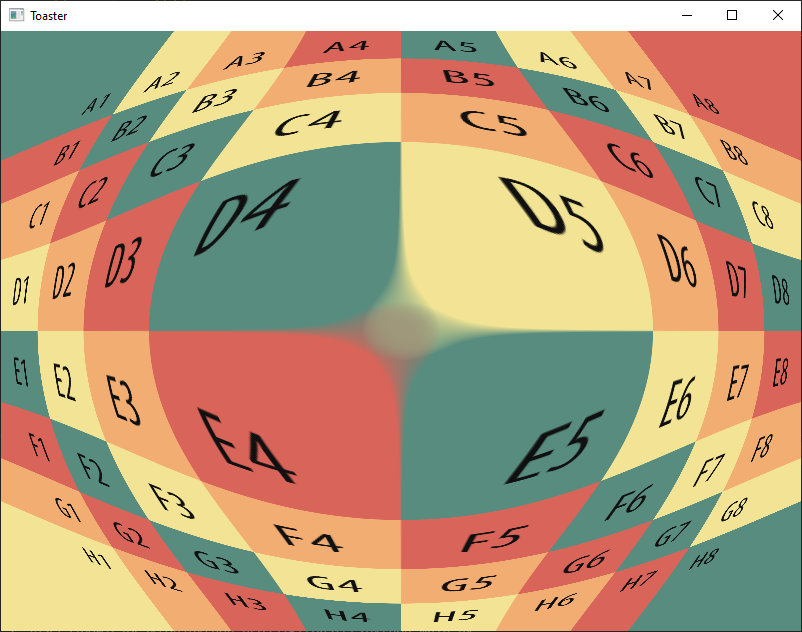Hello folks, I've been experimenting with some camera lens distortion in GLSL, and proceed to implement a simple “Fish Eye” lens. It was done as a post process with a textured fullscreen quad.
The code of shaders are here:
Vertex Shader:
#version 330 core in vec3 a_position; in vec2 a_uv; out vec3 vertex_pos; out vec2 texcoord; void main() { vertex_pos = a_position; texcoord = a_uv; gl_Position = vec4(a_position, 1.0); }
Fragment Shader:
#version 330 core uniform sampler2D tex0; out vec4 final_color; in vec3 vertex_pos; in vec2 texcoord; const float PI = 3.14159256; void main() { float d = dot(vertex_pos, vertex_pos); vec2 s = vertex_pos.xy * d; vec2 tc = s.xy * 0.5 + 0.5; vec4 distorted = texture2D(tex0, tc); final_color = distorted; }
and it works, except that I found out there was too much of a distortion right in the middle. otherwise I could live with that. Could it be done correctly purely using fragment shader, or should I tesselate the quad more finely and distort in the vertex shader instead?
the resulting shaders are shown here

I was aiming to make it sort of like the output of a dual paraboloid shader, in which the vertices are distorted around the middle, made it look “half-spherized” (dunno the term). What should I do?





